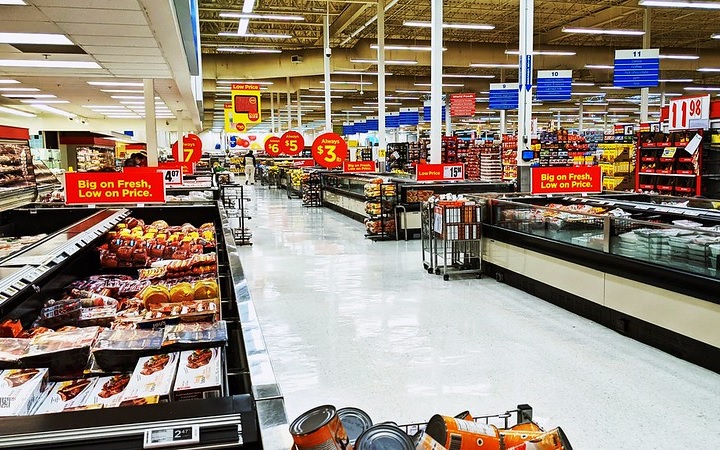
Remember the first month of the Covid pandemic back in March 2020, when all grocery savings strategies went out the window and we spent whatever it took to get what we needed? Never mind sales and coupons, if you saw toilet paper – no matter the price – you bought it.
Thankfully, we’re not experiencing that kind of spending frenzy anymore. And yet we’re still spending even more now than we were then. A new report finds that, thanks to inflation, we’re spending more per week on groceries than we were when we were fighting each other for full-price toilet paper.
FMI–The Food Industry Association is out with the first edition of its 2023 U.S. Grocery Shopper Trends Report. It finds that grocery shoppers are scrambling for ways to save money, but not necessarily succeeding, as prices are up across the board.
More than two-thirds say they’re spending more on groceries than they were a year ago. 25% say they’re spending about the same amount, but FMI speculates that could be because it costs more to get less, so some shoppers are simply “consciously cutting their spending out of necessity, with little room to spend more.”
Back in pre-pandemic February 2020, shoppers spent an average of $121 a week on groceries. That figure jumped to $161 when the pandemic hit a month later. And now? The average weekly cost of groceries has soared to $164. Products are more readily available now than they were in March 2020, so it’s not scarcity and competition that’s causing us to spend more today, it’s the fact that everything just costs more.
As a result, rising grocery prices are now shoppers’ number-one financial concern, cited by 75%, overtaking concerns about gas prices, which was tops the last time FMI asked in October 2022. Nearly all shoppers – 94% – who are concerned about rising prices have made changes to their grocery shopping. “However,” FMI found, “they are more likely to change how and where they shop rather than sacrifice key food values and priorities.”
In other words, shoppers still want what they want and will buy it – they’ll just spend more time and effort searching for the best price, and cut back spending in other areas if necessary.
More than half of grocery shoppers say they are looking for more deals, and a third say they limit their spending “only to sales and deals.” 41% are buying more store brands, and 30% are using their store loyalty programs more.
But “buying fewer items” is losing steam as a money-saving strategy. While a third of shoppers say they are doing so, that’s down 7% from last fall. “Shoppers are less willing to change what they consume than how/where they shop for it,” FMI concludes.
Grocery shoppers now visit an average of 5.2 different retailers per month, seeking out the best products and the best deals. While high-quality fresh foods and good selection are named as the most important attributes in choosing a store, low prices are not far behind, cited by 70%. And 64% say they choose where to shop based on good sales and promotions.
And if they can’t find deals at the grocery store? Shoppers will cut back elsewhere. 60% are eating out less, 57% are cutting back on new clothing purchases, and 47% are buying fewer gifts for family members – all to make more room for groceries in their increasingly-stressed budgets.
“Competition for consumers’ dollars is getting steeper,” FMI concludes, as shoppers go “in search of value amidst rising prices.” In a statement, FMI CEO Leslie Sarasin calls this “an opportunity for our industry to continue connecting with shoppers on food-inflation-mitigating solutions.”
If those “food-inflation-mitigating solutions” include lower prices and more promotions, financially-pinched shoppers will breathe a sigh of relief. Otherwise, get used to eating out less, wearing old clothes and getting fewer presents at your next birthday party.
Image source: dennissylvesterhurd










